Elizabeth Styring Nutt (1870–1946)
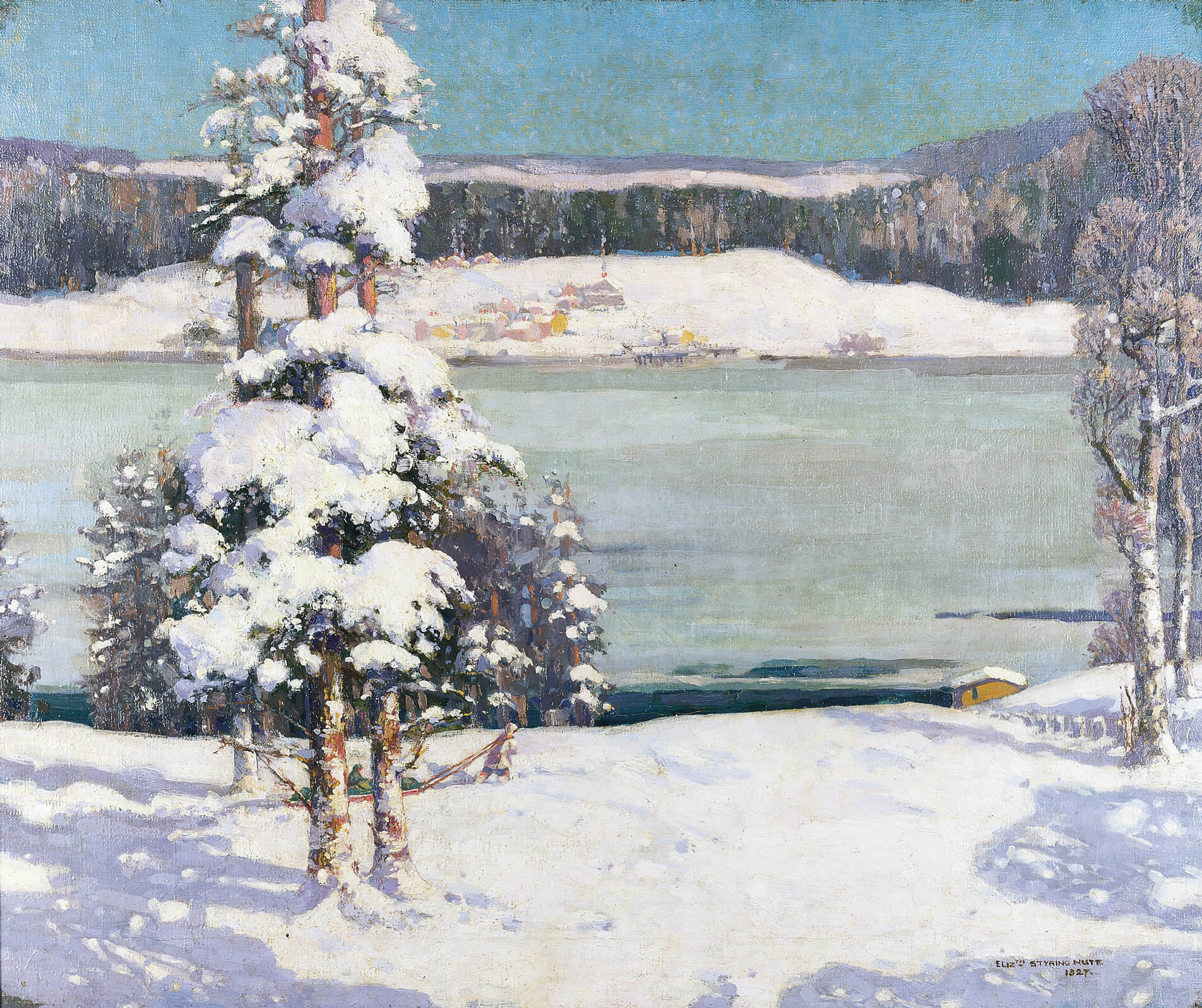
Elizabeth Styring Nutt, Winter, Northwest Arm, Halifax, 1927
Oil on canvas, 63.6 x 76.1 cm
Art Gallery of Nova Scotia, Halifax
For twenty-four years the most prominent artist in Halifax was a seemingly tireless proponent of landscape painting and art education named Elizabeth Styring Nutt. A principal of the Victoria School of Art and Design (VSAD), Nutt was born on the Isle of Man in 1870 and—like her predecessor at VSAD, Arthur Lismer (1885–1969)—was a graduate of the Sheffield School of Art. Nutt replaced Lismer in 1919, becoming the second woman principal of VSAD after Katharine Evans (1875–1930), who was principal from 1895 to 1898.
Under her leadership, VSAD, which she renamed the Nova Scotia College of Art in 1925, grew in size and local prominence, though not without controversy. Her methods were seen as conservative, and as Robert Stacey and Liz Wylie’s history of the school has it, she “brooked no opposition to her increasingly outmoded methods.” She looked to England for her artistic inspiration and considered landscape painting the epitome of the painter’s art writing. “England was the birthplace of the consciousness of the beauty of naturalism in landscape painting,” she told a radio interviewer in 1934. Her conservatism was often opposed by faculty and students, but she remained implacable. As Stacey and Wylie write, “the more independent-minded fled—or were driven away.” Her conflicts with other artists and faculty led to the dismissal of one instructor, Stanley Royle (1888–1961), who went on to become head of the fine arts department at Mount Allison University.
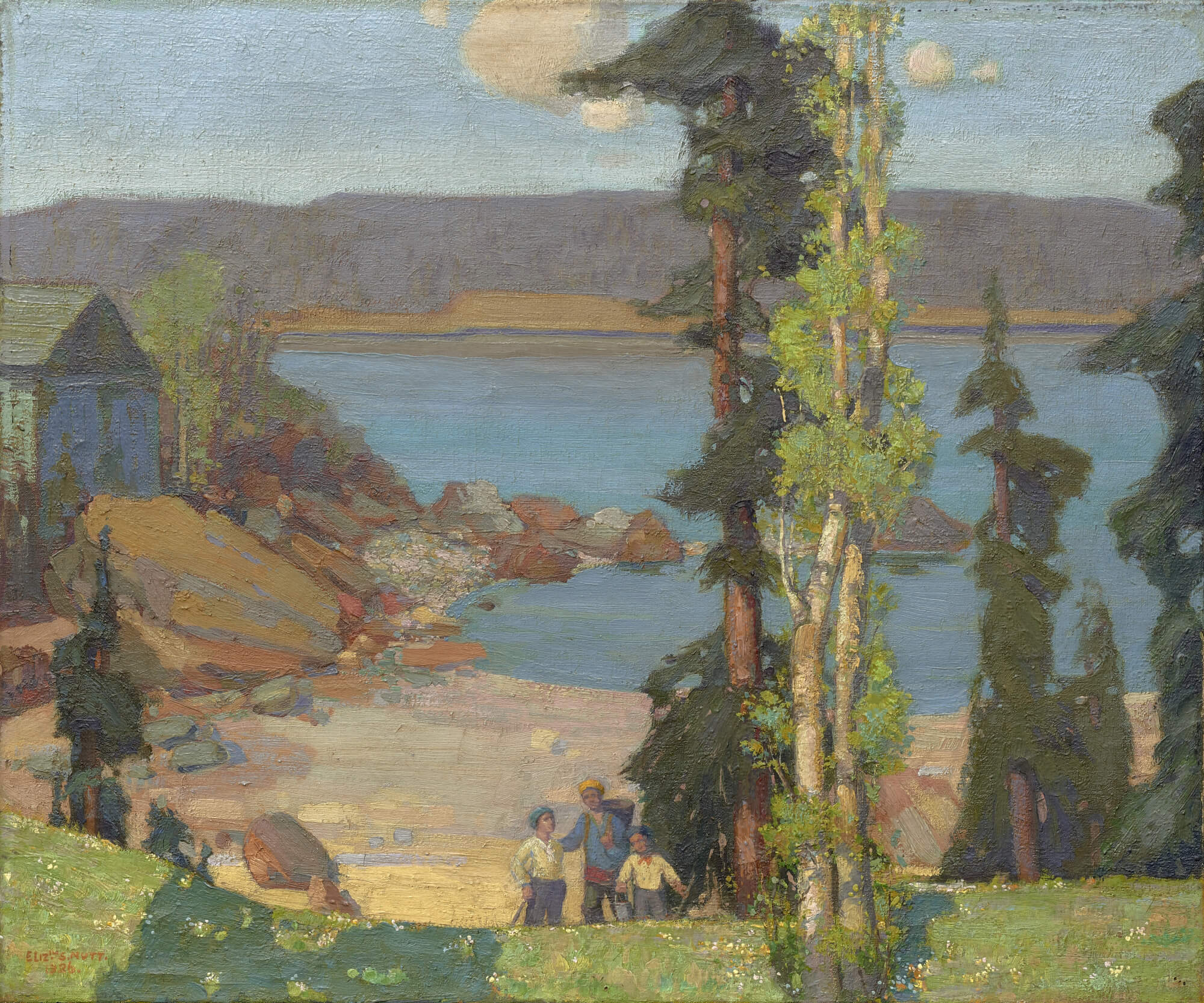
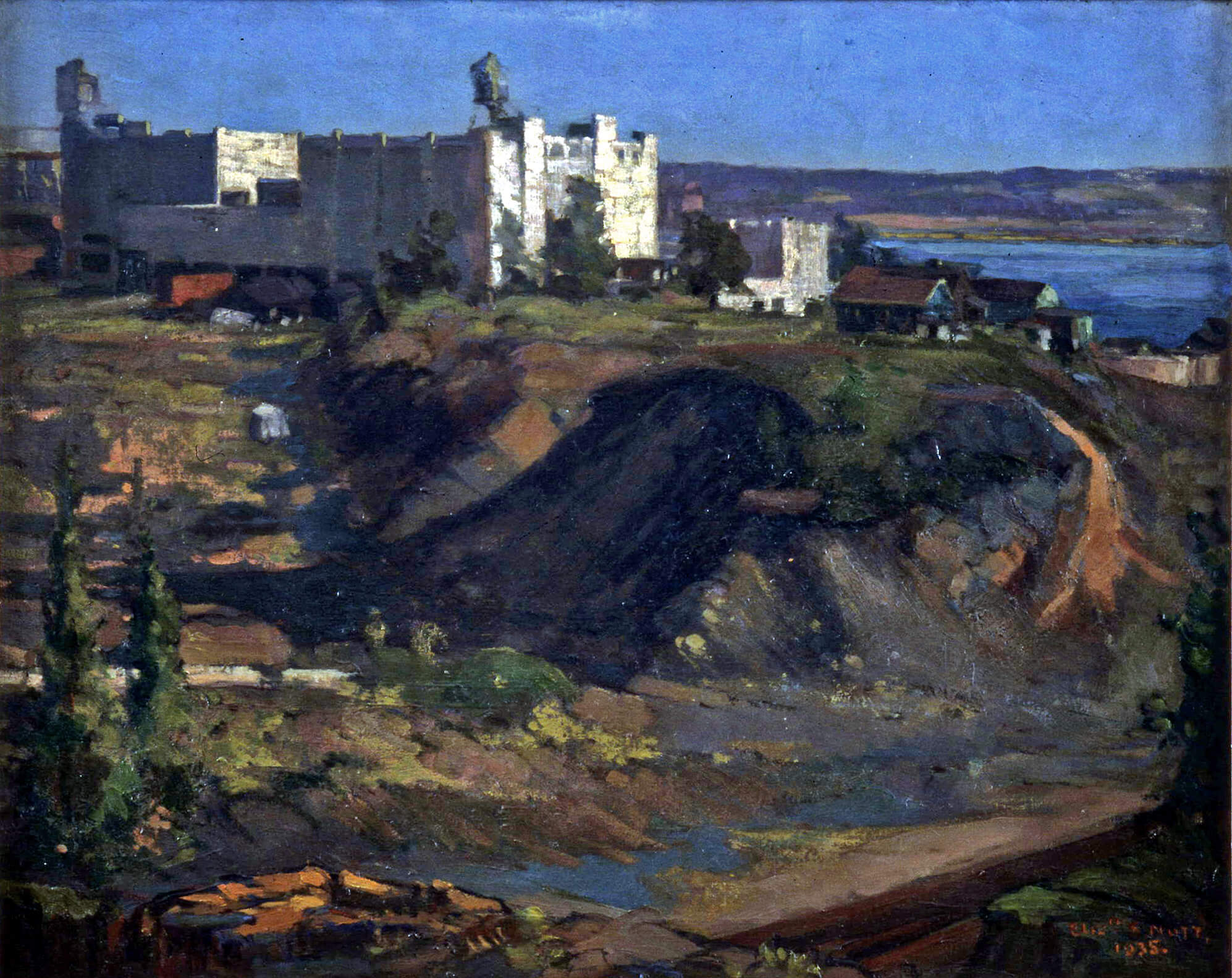
While living in the U.K., Nutt had been a member of the Sheffield Society of Artists and exhibited annually with the Royal Academy and in the Paris Salons. She painted in the British “square-brush” style favoured by the preceding generation of British painters, and while influenced by Impressionism she never abandoned the traditions of British academic painting. In her art she did not innovate. As one curator noted, she was “well aware of the work of her contemporaries—artists like Arthur Lismer, Ernest Lawson, and Lawren Harris,” but “her work remained more or less an attempt to reproduce, in an ordered and harmonious picture, the natural scene before her.” She wrote extensively for the popular press in England, and a series of her articles for The Schoolmistress was published in book form in 1916. She continued to publish extensively after moving to Halifax.
But despite this lack of artistic innovation, Nutt was instrumental in nurturing and developing the nascent art scene in the city, through her teaching, her advocacy, and her organizational skills. She was a keen supporter of the Nova Scotia Society of Artists (NSSA), offering space at VSAD for their first exhibition in 1923 and serving as their president from 1929 to 1932. In 1929 she was elected to the Royal Canadian Academy (RCA); in 1934 she was one of the founders of the Maritime Art Association; and in 1936 she was a founder and first president of the Nova Scotia Society of Watercolour Painters. She exhibited regularly in both the NSSA and RCA annual exhibitions, and her work The Northwest Arm, Halifax, 1926, was purchased by the National Gallery of Canada and included in the Tate Gallery’s 1938 exhibition A Century of Canadian Art. She returned to Sheffield each summer while living in Halifax and moved there two years after her retirement from the Nova Scotia College of Art in 1943. She died in Sheffield in 1946.

 About the Author
About the Author
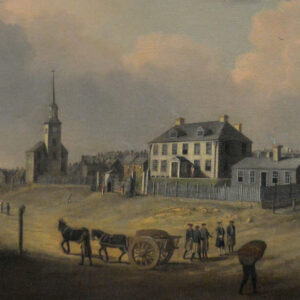 More Online Art Books
More Online Art Books
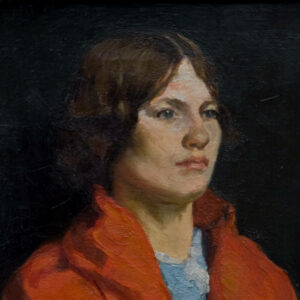 Acknowledgements
Acknowledgements